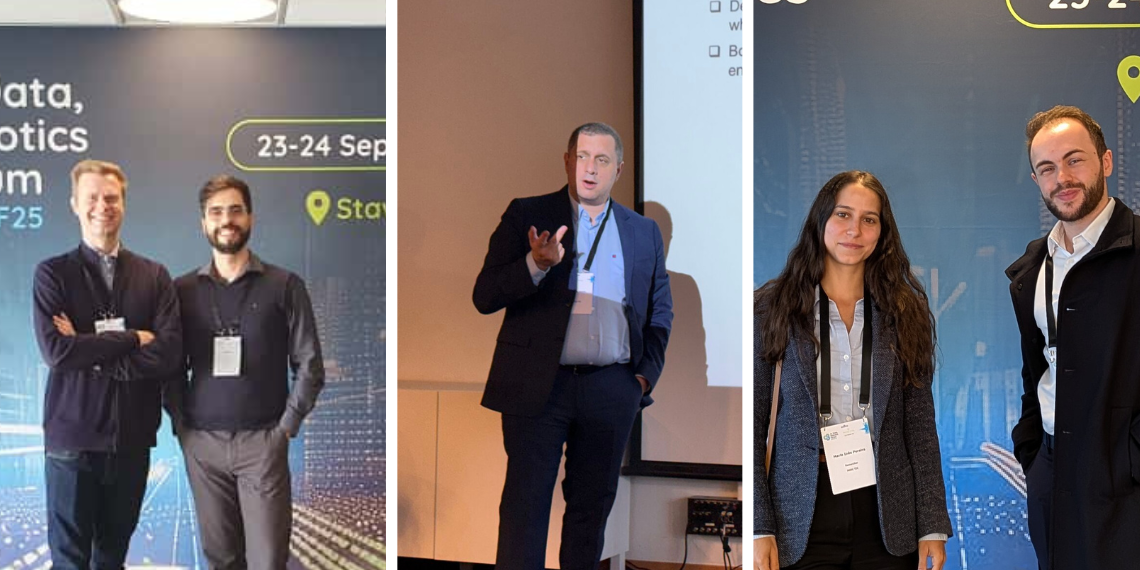Artificial Intelligence
Artificial Intelligence is a decades-old scientific domain that has recently boosted its importance and impact on science, the economy, and society. Mainly stemming from Computer Science, AI has strong influences from other scientific fields, namely mathematics, neuroscience,linguistics, psychology, philosophy, and physics.
In the 21st century, AI has made significant advances, particularly in areas dominated by machine learning and, more specifically, deep learning. These include natural language processing,computer vision, content generation and recommender systems. Artificial Intelligence is already having a significantimpact on many industries, including healthcare, energy, finance,transportation, and manufacturing, and
is also playing an increasingly important role in our everyday lives, from virtual assistants to online recommendation systems. The symbolic legacy of AI is also very significant, with roots in mathematical logic, linguistics, and psychology.
Currently, symbolic approaches open avenues for explainability and transparency in AI systems. Besides the fundamental need for large amounts of high-quality data (for correct application), the growing influence of Artificial Intelligence calls for swift advances in the trustworthiness of the delivered tools, chiefly the interpretability of predictions and decisions, generalisation to unseen and even unpredictable situations, and robustness to biased data or unethical results.






